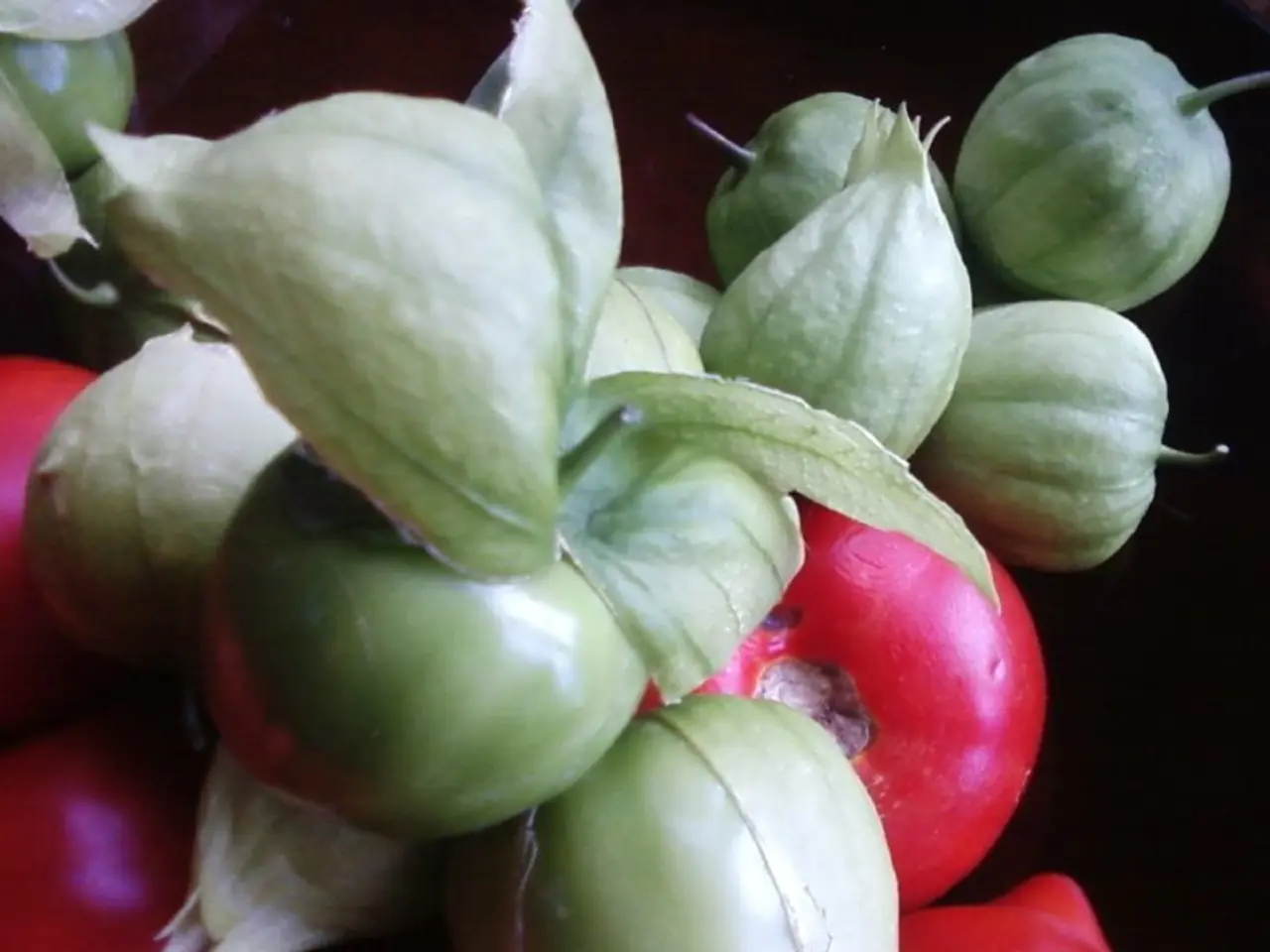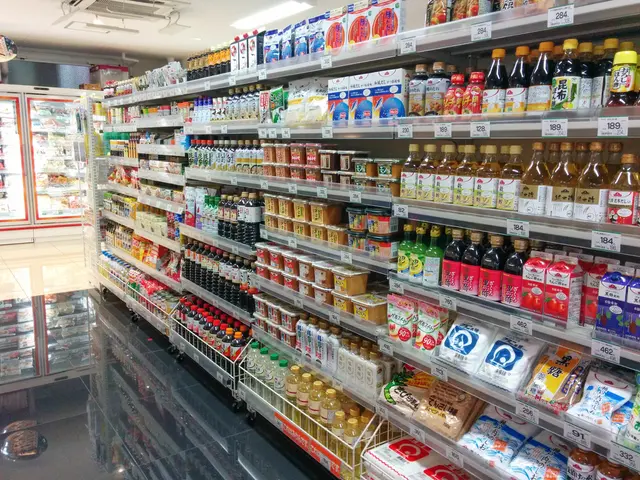Dried Vegetable Market Projected to Achieve USD 31.8 Billion by 2034
In the ever-evolving world of food production, the dried vegetables market is making a significant impact. This sector, which encompasses a wide range of products from dehydrated carrots to flavored garlic, is witnessing rapid growth and transformation.
The global dried vegetables market is projected to reach an impressive USD 31.8 billion by 2034. This growth is driven by various factors, including the increasing demand for clean-label, preservative-free foods, particularly in Europe.
While a precise growth rate for the dried vegetables market alone is not explicitly detailed, related market segments provide some context. For instance, the plant-based food market, which includes dried vegetables as part of plant-based ingredients, is projected to grow from USD 56.37 billion in 2025 to USD 161.41 billion by 2034, at a compound annual growth rate (CAGR) of 12.4%. Given the close relation within plant-based foods and processed vegetables sectors, it's reasonable to infer that the dried vegetables market is likely to grow, potentially aligning with or slightly below the overall plant-based foods CAGR.
The Asia-Pacific region is experiencing steady growth in the dried vegetables market, driven by an expanding middle class and urban centers' increasing demand for dehydrated foods. North America, on the other hand, dominated the global dried vegetables market in 2024, securing a 47.9% share, valued at USD 8.4 billion.
Key players in the market are innovating to meet this growing demand. Garlico Industries, for example, has introduced flavored dried garlic products, upgraded dehydration facilities, and collaborated with food manufacturers for customized dried vegetable blends. BCFoods is focusing on organic and non-GMO products, new packaging solutions, and advanced dehydration technology. Jain Irrigation has integrated precision agriculture and solar drying techniques, promoted farmer partnerships, and launched a new line of dehydrated vegetables for the retail segment.
Eurocebollas is another notable player, increasing production capacity for dried onions and garlic, adopting sustainable farming practices, and launching a new line of freeze-dried vegetables. Supermarkets and hypermarkets, such as those offered by Jain Irrigation, account for a substantial share in the distribution channel, offering a variety of dried vegetable formats like flakes, powders, and granules.
The growth of the dried vegetables market significantly impacts the global economy, creating jobs and boosting demand for raw vegetables. The long shelf life and lightweight nature of dried vegetables make them ideal for various applications, from military rations and camping meal kits to emergency food supplies.
In conclusion, the dried vegetables market is a vibrant and growing sector, with key players innovating to meet the increasing demand for clean-label, preservative-free products. As urbanization and modern retail growth continue in emerging markets, sales volumes for supermarkets and hypermarkets in the dried vegetables market are expected to remain high. For precise figures and more detailed insights, consulting dedicated market research reports or databases specifically focused on the dried vegetables segment would be necessary.
- Entrepreneurship in the food and drink industry is flourishing, with the dried vegetables market being a significant part of it.
- The finance sector is keen on the growth prospects of the retail sector, including small businesses within the dried vegetables market.
- Leadership in this market is shown by key players like Garlico Industries, BCFoods, and Jain Irrigation, who are innovating to meet consumer demands.
- Diversity and inclusion are key factors in the growth of the dried vegetables market, as demonstrated by the variety of products offered, such as flavored garlic, organic and non-GMO products, and a new line of dehydrated vegetables for the retail segment.
- Lifestyle choices are driving the demand for clean-label, preservative-free foods, especially in Europe, which is boosting the growth of the dried vegetables market.
- The financial implications of the dried vegetables market's growth extend to wealth management and personal finance, as investors look to capitalize on this growing sector.
- The housing market and real estate industry are also impacted, as the growth of the dried vegetables market contributes to the demand for commercial and residential properties, particularly in urban centers.
- Careers in various fields, such as food and beverage production, business management, and marketing, are flourishing within the dried vegetables market.
- As the dried vegetables market grows, so does the need for venture capital and private equity investments, as these sectors seek to support innovative businesses.
- The growth of the dried vegetables market is transforming the global cuisines landscape, with more people embracing healthy cooking and trying out recipes from various cultures.
- The increased availability of dried vegetables is making it easier for households to manage their budgeting, saving, and debt management, as these products offer a cost-effective and convenient solution.
- The long shelf life and lightweight nature of dried vegetables make them useful in a variety of industries, from industry and commercial use to personal consumption and survival situations.
- Stock market participants are keeping a close eye on the dried vegetables market, as its growth could impact various industries, including food and beverage, agriculture, and consumer goods.
- Dining experiences are becoming more diverse and exciting, as more restaurants incorporate dried vegetables into their menus, offering innovative flavor profiles and culinary techniques.
- The growth of the dried vegetables market is expected to continue, with the Asia-Pacific region showing particularly strong growth, due to the expanding middle class and urbanization.




